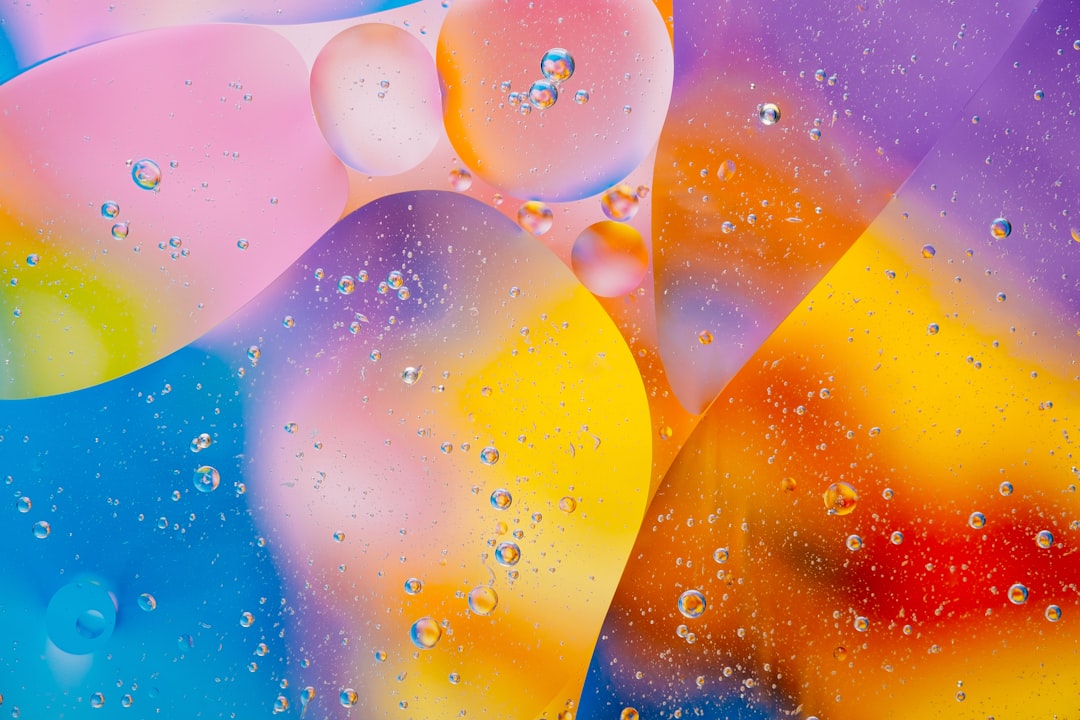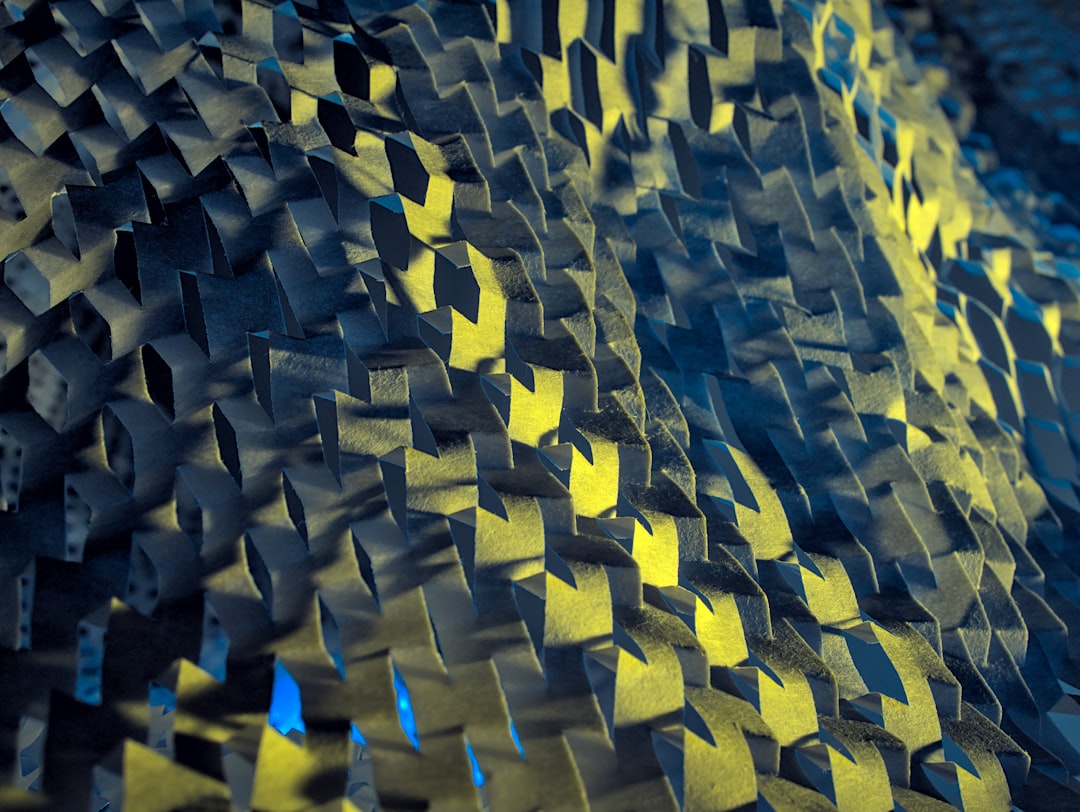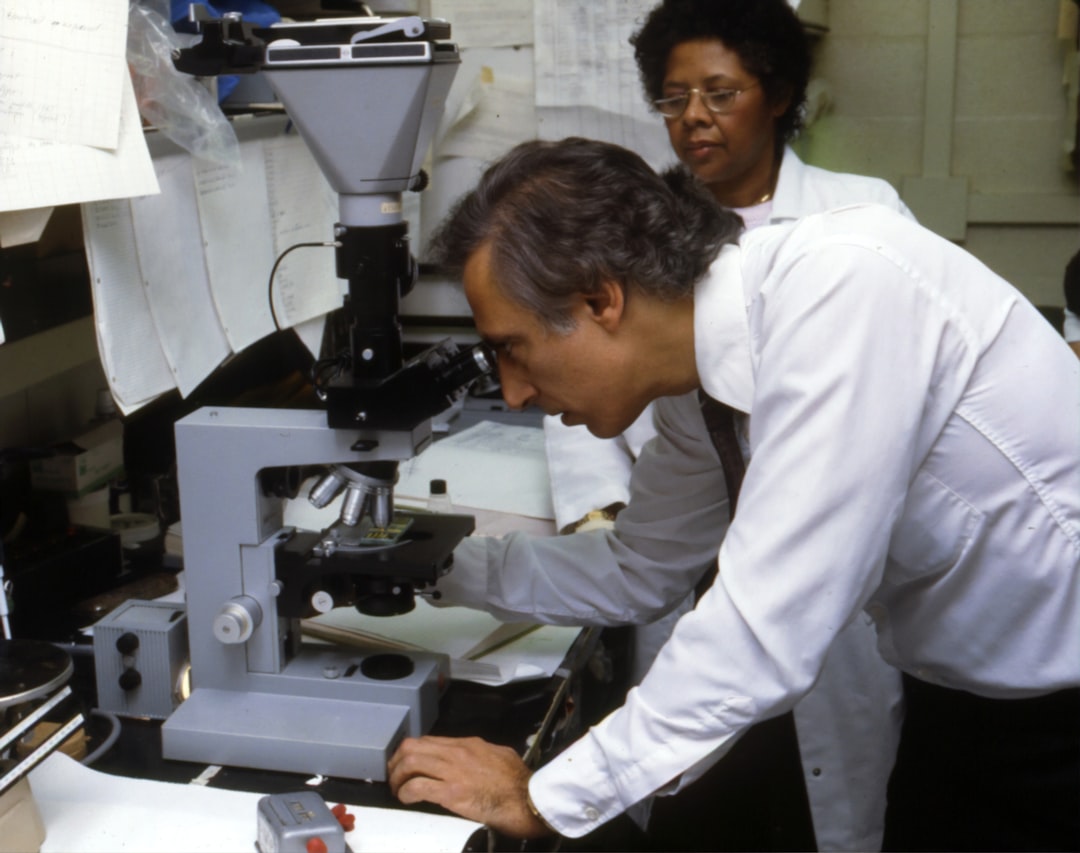What is it about?
Platinum complexes have attracted a lot of attention due to their interesting properties. They can self-assemble as a result of different interactions within them. In these complexes, a platinum atom is attached to other atoms or molecules. The platinum atoms interact with each other and can help in self-assembly, which can be triggered by light. But, this phenomenon has not been explored in detail. In this study, the authors added a light-sensitive chemical group to the platinum complexes to trigger self-assembly. This caused the structure of the complex to change when it was exposed to UV light. Using this method, the authors could create well-defined nanometer-sized structures with the platinum complexes. Their strategy can help design similar materials that are sensitive to stimulation.
Featured Image

Photo by Sean Sinclair on Unsplash
Why is it important?
Platinum complexes can form interesting structures due to the interactions between platinum and the other atoms as well as between the platinum atoms. It was known that light can be used to trigger the formation of these structures. But it had not been explored so far. This study helped fill in this knowledge gap. It showed that platinum complexes modified with a light-sensitive chemical group can be made to self-assemble by shining light on them. KEY TAKEAWAY: Adding a light-sensitive chemical group to platinum complexes can make them change their arrangement when exposed to light. This method can be used to design other materials that can change their arrangement when stimulated.
Read the Original
This page is a summary of: Photo-modulated supramolecular self-assembly of ortho-nitrobenzyl ester-based alkynylplatinum(ii) 2,6-bis(N-alkylbenzimidazol-2′-yl)pyridine complexes, Chemical Communications, January 2021, Royal Society of Chemistry,
DOI: 10.1039/d1cc05754e.
You can read the full text:
Contributors
The following have contributed to this page










